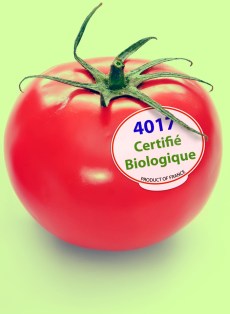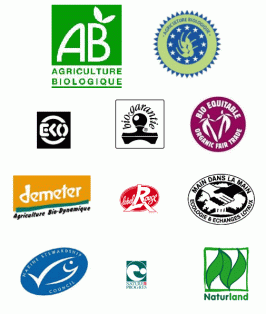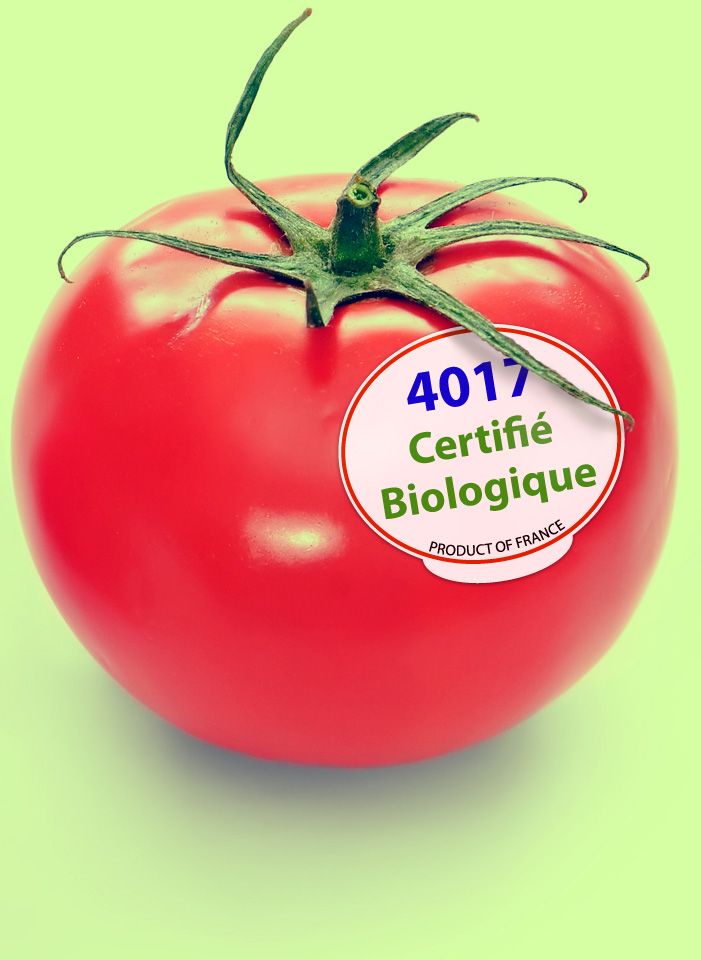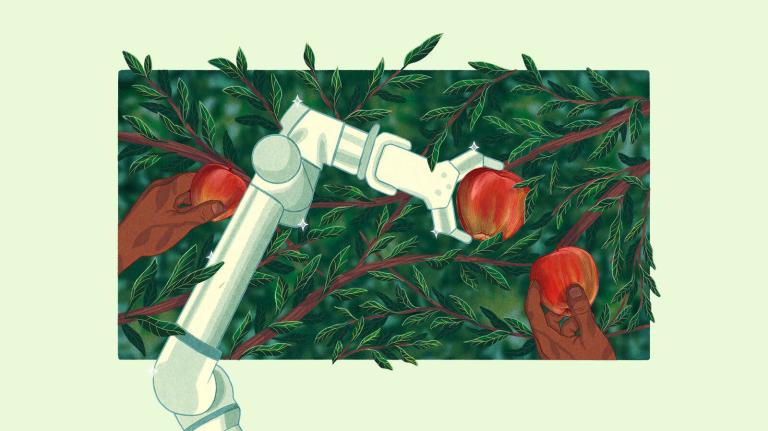 It’s official: Organic food certified in the European Union will now be treated as equivalent to food certified here in the U.S., a fact that will now make trade between the two regions much easier. Since the U.S. Department of Agriculture (USDA) announced the new agreement on Feb. 15, several media sources have lauded it for opening up new overseas markets for organic farmers.
It’s official: Organic food certified in the European Union will now be treated as equivalent to food certified here in the U.S., a fact that will now make trade between the two regions much easier. Since the U.S. Department of Agriculture (USDA) announced the new agreement on Feb. 15, several media sources have lauded it for opening up new overseas markets for organic farmers.
The agriculture press has called it a win for organics, and even Food Safety News focused almost exclusively on the positive trade implications of the agreement.
Mark Lipson, organic and sustainable agriculture policy adviser for the USDA, agrees. “It builds more trust,” he says, adding: “It will give more heft to organic overall.”
And while there are clearly positives for the industry at large, I can’t help but wonder whether this shift might make it tougher for eaters, many of whom are already overwhelmed by the work it takes to sift through the convoluted backstory of who, what, and where their food comes from.
It’s all well and good to promote the consumption of organic products, but does a wider availability of organic food justify the drastic expansion of “food miles” (or food kilometers, to the Europeans)? To what extent does international expansion of any market contribute to the creation of a more sustainable food system?
“It’s one thing when we shop at the farmers market … [and] have a direct relationship to our foodshed,” says Mark Kastel, of the Cornucopia Institute, a watchdog group for the organic industry. But, he adds: “A lot of these free trade schemes depend on a really large global infrastructure for distribution and processing.”
Indeed, the value of localized food systems has become a well-established fact: The farther you are from your food source, the more resources are needed to deliver the product, and the harder it is to maintain transparency along the way. These equivalent standards may actually introduce more uncertainty for conscious eaters, and may not be the boon for small farmers many would like to see.
“It’s very seldom that ‘food trade’ has benefited U.S. workers or farmers,” Kastel says. “It’s certainly benefited lots of middlemen or traders.”

A variety of organic labels from the E.U.
U.S. and E.U. organic standards differ significantly enough in one area to warrant an exception to the equivalency rule: Organic standards in Europe allow livestock to be treated with antibiotics, but U.S. standards don’t, and that distinction will stand — meat or milk from antibiotic-treated livestock will not be allowed to be imported to the U.S. and marketed as organic.
But the new “equivalent” standards gloss over other key differences. For instance, organic wine in the U.S. cannot use sulfites as a preservative, while European organic wine can, but each will now be considered “organic” in both markets. This, Kastel said, “will place organic farmers and vintners in the U.S. without sulfites at a competitive disadvantage; they’ll be competing against these foreign imports.”
Probably more broadly resonant is the stark difference between U.S. and E.U. standards for organic poultry farms. The U.S. National Organic Standards Board’s (NOSB) Livestock Committee recommends a minimum of two square feet of open outdoor space per bird — a “woefully inadequate” amount, according to a letter to the NOSB signed by several dozen farmers, food co-ops, and animal welfare groups. The letter points out that “in the European Union, organic standards have a strong animal welfare component, and require at least 43 square feet per bird for laying hens and broilers.” Two square feet — in which “a bird would not even be able to stretch his or her wings, let alone move around freely to engage in natural behaviors,” the letter says — and 43 square feet can hardly be called equivalent. Just as the difference in organic wine standards places U.S. wine growers at a disadvantage, the disconnect over organic poultry could hurt European farmers who raise truly free-range birds.
These differences are worth noting, but it remains to be seen how much they will practically affect industries on either side, especially considering both the U.S. and E.U. already import most of their organic food (primarily from Latin America, Asia, and Canada).“I don’t think that this will create anything hugely significant in terms of throwing people out of markets that they’re in,” Lipson said. “There’s just not a glut of food waiting for this trade barrier to come down and blow out a lot of small producers.”
The equivalent standards could turn out to be little more than a formality in practice, with few visible impacts on the organic market on either side of the Atlantic. But if, come summer, you find yourself choosing between tomatoes from Italy and tomatoes from California, don’t let an exotic organic label get in the way of considering the journeys they will have each made on their way to your grocery aisle.



